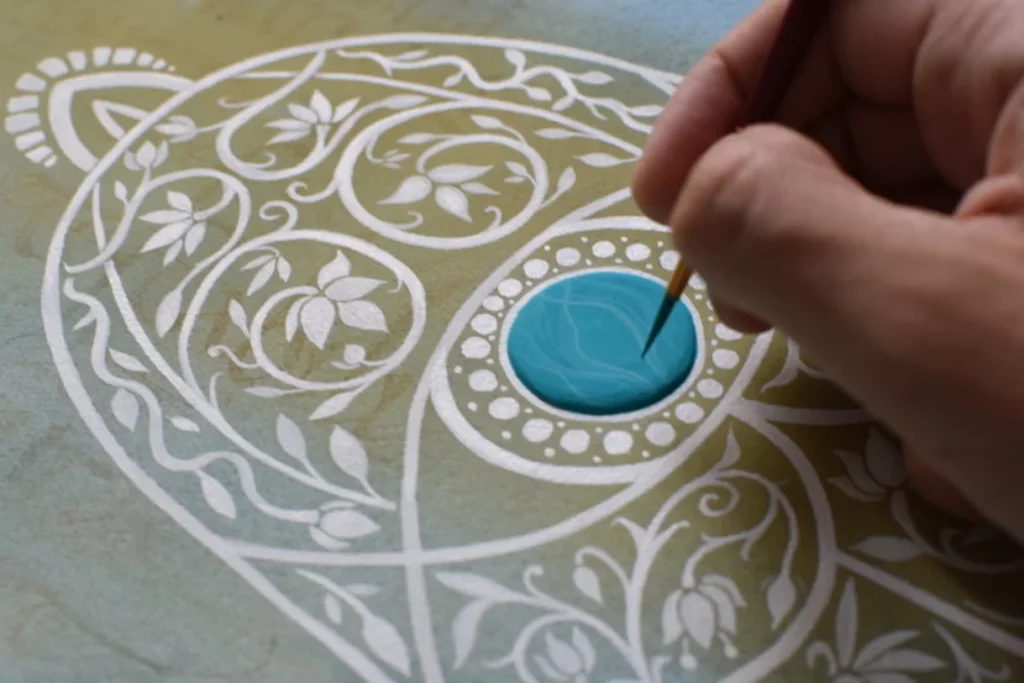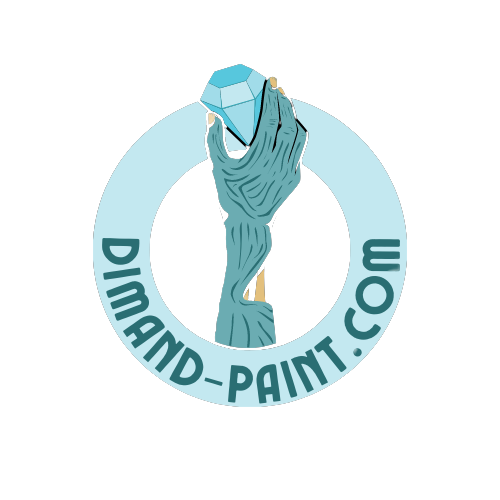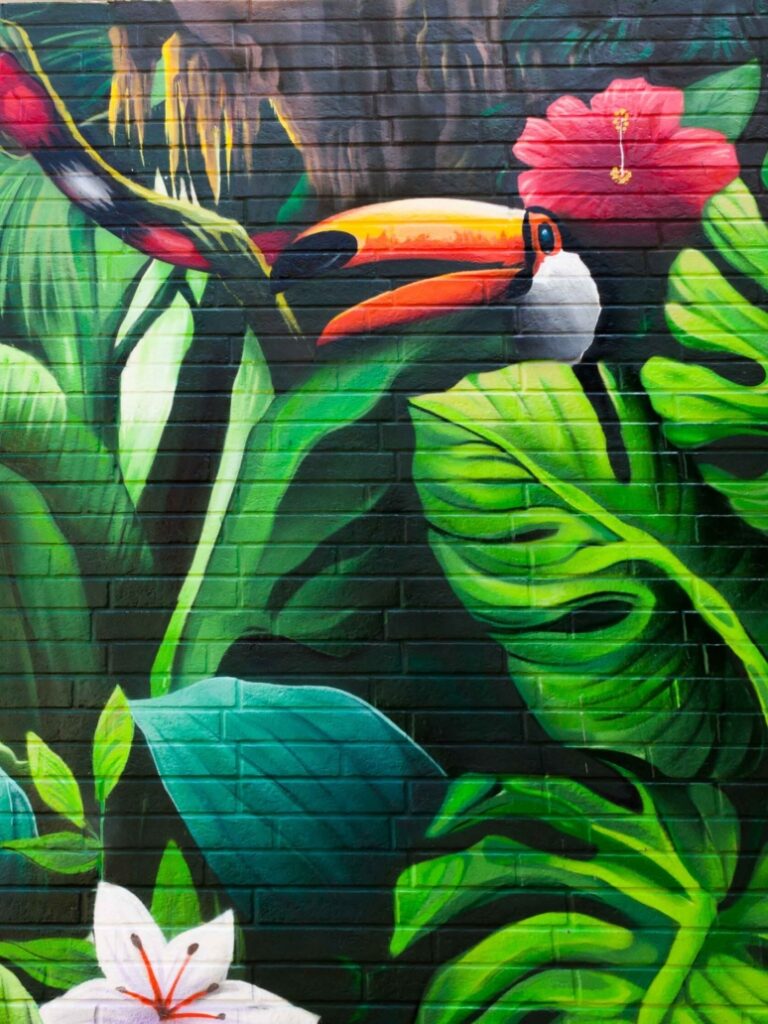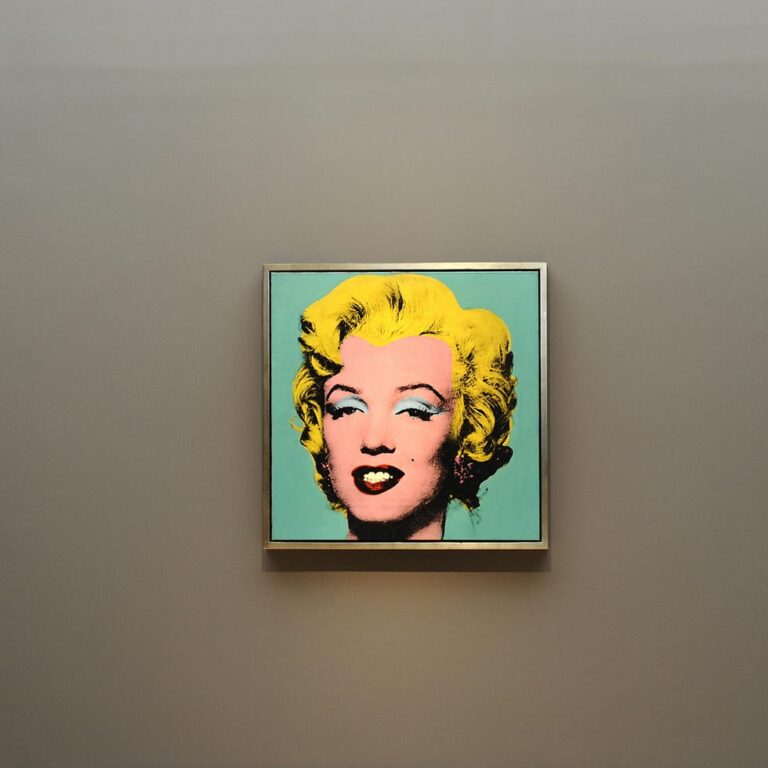What is watercolor painting and what materials do I need to get started?
When we talk about painting with watercolors , we are referring to an ancient technique for coloring on paper or cardboard with pigments that are dissolved in water. This technique is based on the superposition of transparent layers, using the whiteness of the paper to obtain effects and touches of light. The color of the watercolor can be modified by adding or removing water, using brushes, sponges or rags.
Although it can be approached in a simple way by beginners, the complexity that can be achieved through this art is as great and rich as its history. Here are some things you should know if you are interested in watercolors.
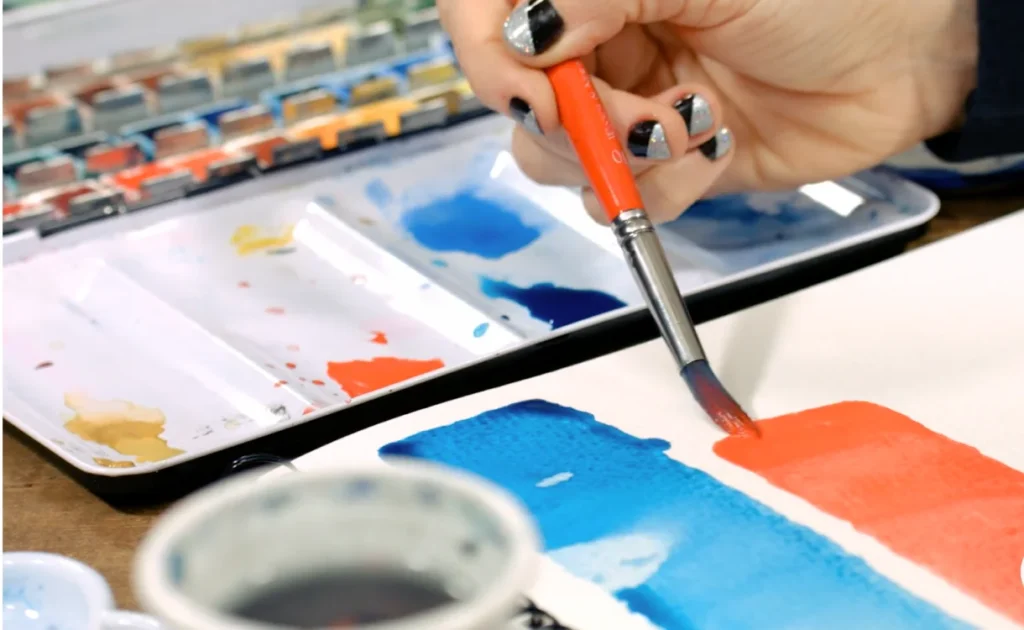
What is a watercolor?
A watercolor is basically a colored pigment that has been ground up and mixed with a water-soluble binder. The paint dissolves when water is added and this allows the pigment to be spread across surfaces with a brush. The binder in watercolors is traditionally gum arabic, but some brands use a synthetic binder. The binder’s job is to help the colored pigment adhere and also to help produce a brighter color by holding the pigment particles together on the surface of the paper.
How many and what types of pigments exist?
There are over 100 pigments and they can be natural or synthetic. Green, red and blue pigments and dyes for dyeing and painting can be obtained from vegetables, fruits and spices, and other natural pigments are difficult to acquire, making certain colours more expensive. The amount of pigment in paint can also vary depending on its grade or quality.
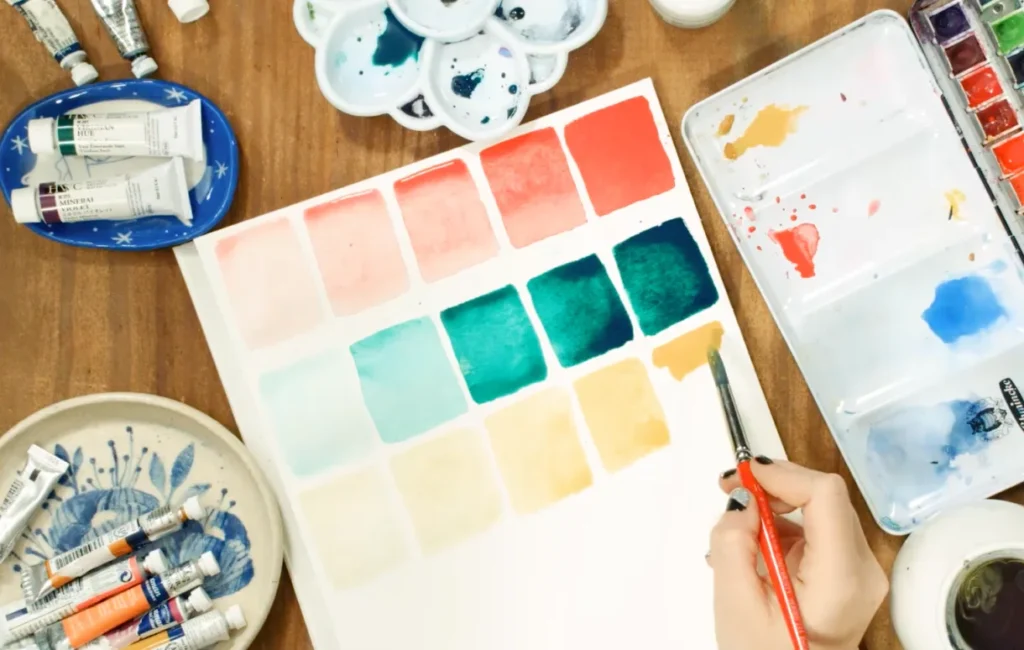
Can I make the pigments myself?
Yes, there are artists who do this. In fact, for some artistic specialties, this is very important. This is the case of those who dedicate themselves to the Illumination of ancient manuscripts. They work exclusively with natural and pure pigments, as they provide unmatched quality. This, in fact, is the specialty of Scriptorium yayyan (@scriptoriumyayyan ) who learned the trade at the Institut Supérieur Européen de l’Enluminure et du Manuscrit in northern France and who today allows us to take a look at that world through his course on Making Artisanal Watercolors.
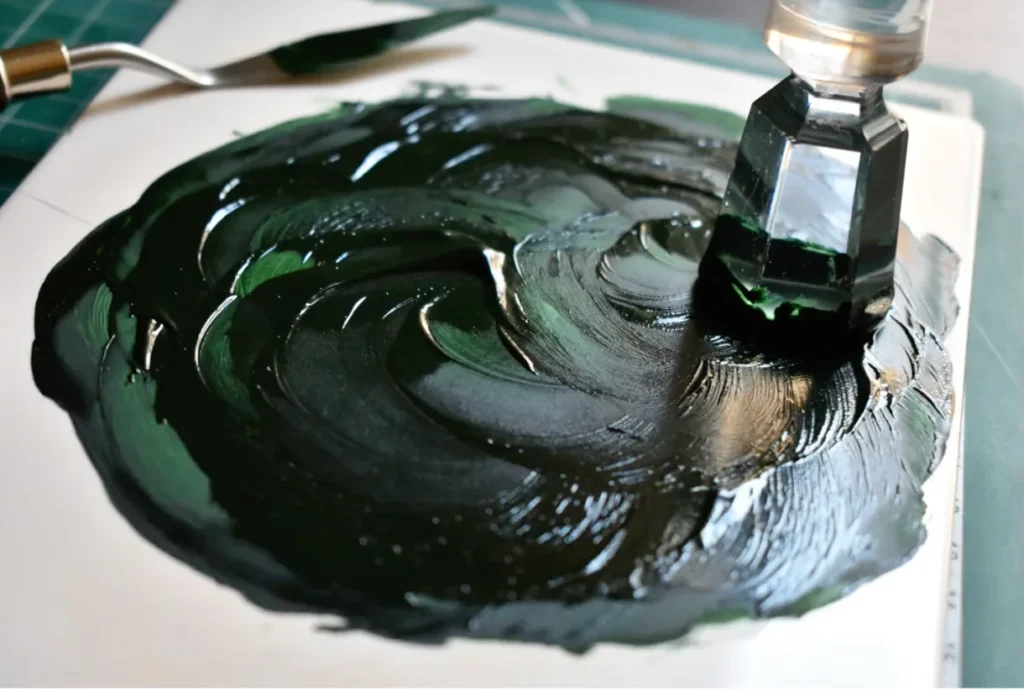
Why were they the preferred art form of artists and hobbyists before 1900?
There are many reasons. One of them is how easy they were to transport and the almost immediate possibility they gave of transferring the images to paper. Like vintage Polaroids , watercolours enabled agile expressions of what artists saw. And they did so in a very faithful way: their versatility allowed anyone with the talent to reproduce the colours, nuances and depths shown in reality.
The technique was, in fact, a favourite of many of the travellers who undertook the first expeditions to unknown lands. You can see this type of work in the free archive of old watercolours Watercolour World.
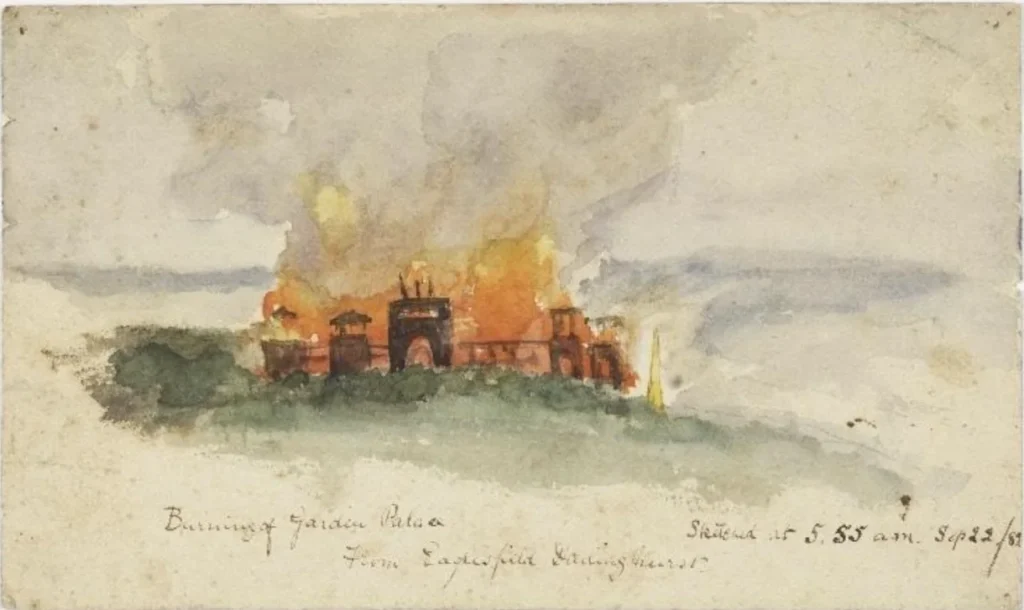
What materials do I need to start painting with watercolors?
– A block of watercolor paper
– Pencil
– Pencil sharpener
– Draft
– Watercolors and round brushes of different sizes (it is especially important to have a fine brush to apply details)
– Black Chinese ink
– Acrylic paint or white ink
– A glass for water and a plastic or ceramic paint palette or palette
Optionally, many teachers also recommend having on hand:
– Table salt
– Alcohol
– Acetone
– Chlorine and a variety of different inks and watercolors to experiment with
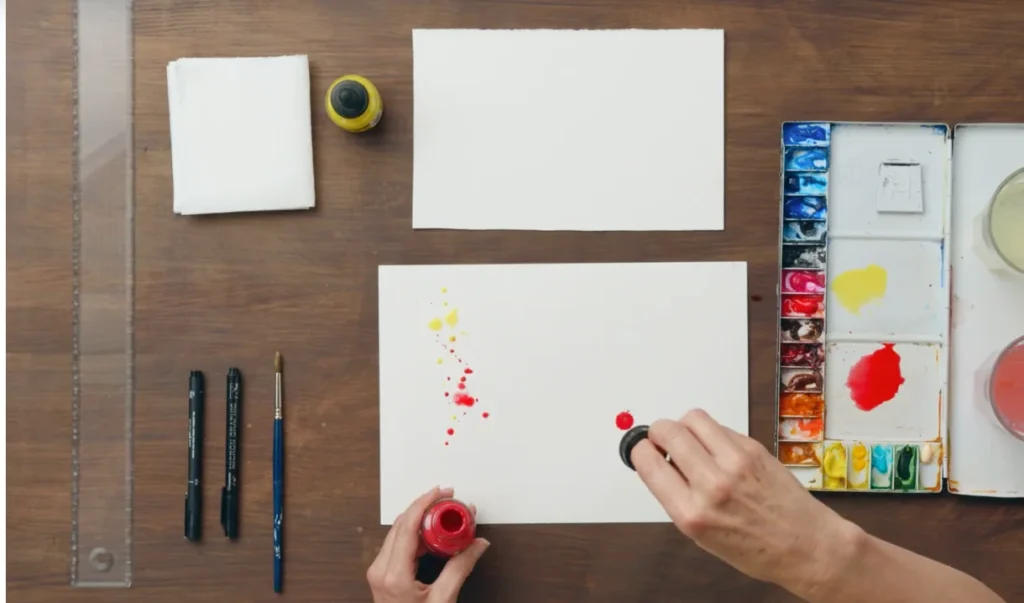
What techniques do I need to learn to get started?
Basic exercises to start with are transparency, gradients, pulse and precision, and monochromatic activity. Once you master these, you can begin to portray the world around you and express your own world.
